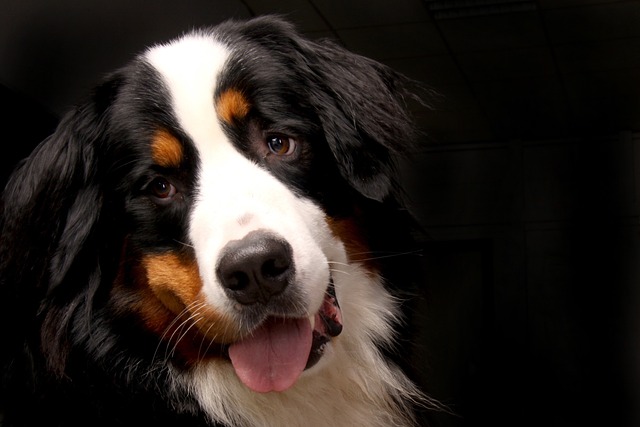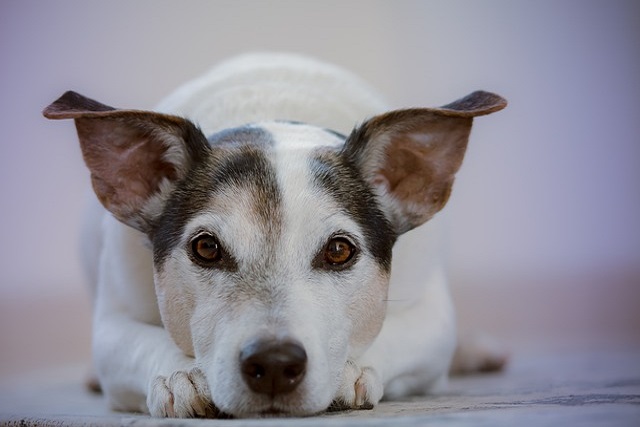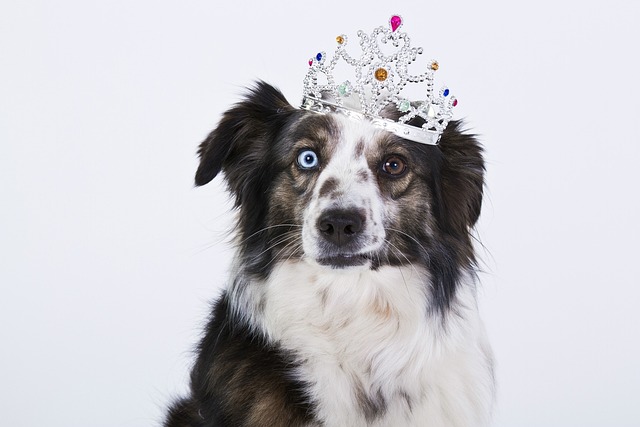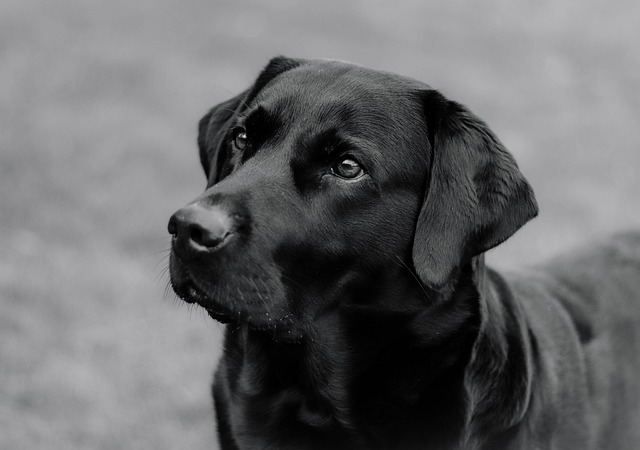
What causes dogs to have bad breath?
Ever leaned in for a kiss from your furry friend, only to recoil at that less-than-pleasant whiff? Doggy breath isn't just an olfactory nuisance—it can be a red flag waving you towards potential health issues.
Coming home to chewed-through doors, frantic barking echoing from the neighbor's security cam, or a trembling, panting dog covered in drool – severe separation anxiety is heartbreaking. It's not just "misbehaviour"; it's sheer panic. Forget quick fixes or punishment; helping your terrified companion demands understanding, patience, and a strategy rooted in science and compassion, especially within the realities of modern Western life and its legal frameworks. Let's walk through what truly works.
First things first: rule out medical causes with your veterinarian. Pain from conditions like arthritis, thyroid issues, or even cognitive decline in senior dogs can manifest as intense anxiety when alone. Treating the underlying physical problem is absolutely crucial before tackling the behavioural aspect. Assuming it's purely behavioural without this step can lead you down the wrong path and prolong your dog's suffering. Your vet is your essential first partner.
Once medical causes are eliminated, understand that severe separation anxiety (SA) is a panic disorder. Your dog isn't being stubborn or vengeful; they are experiencing overwhelming terror when separated from you, their safety anchor. Trying to "correct" this fear with punishment – yelling, shock collars, citronella sprays – is not only ineffective, it's deeply counterproductive and often illegal under animal welfare regulations in places like Germany (Hundeverordnung), parts of the EU, and increasingly within specific US city/county ordinances mandating force-free methods. These approaches heighten fear, worsen the panic, and risk violating laws against causing unnecessary suffering. Compassionate, science-backed methods are the only ethical and compliant path.

So, what does work? The gold standard is a combination approach, often involving systematic desensitization and counterconditioning (DS/CC) guided by a professional. This isn't about leaving your dog to "cry it out" – that's traumatic and makes things worse. Instead, you meticulously teach your dog that being alone is safe and even predictably boring. You start with absences so short (literally seconds initially) that your dog doesn't feel panic. You pair your departure cues (picking up keys, putting on shoes) with something incredibly positive, like a special long-lasting food puzzle or lick mat, only given during these practice sessions. You build duration agonizingly slowly, millisecond by millisecond, never pushing your dog past their comfort threshold where panic sets in. This requires immense patience, consistency, and usually the expertise of a Certified Separation Anxiety Trainer (CSAT) or a Veterinary Behaviourist. Expect this process to take weeks or months, not days. Rushing it violates the core principle of preventing distress, a key tenet of animal welfare laws like the UK's Animal Welfare Act 2006.
For many dogs with severe panic, veterinary-prescribed medication (like SSRIs) is not a failure or a "cop-out"; it's a vital welfare tool. Think of it as lowering the volume on their internal alarm system. When anxiety is deafeningly loud, learning is impossible. Medication, carefully monitored by your vet, can reduce the panic to a level where they can learn the new, calm associations taught through DS/CC. It enables the training to work. This combination approach is widely recognized as the most effective and humane strategy by veterinary behaviourists globally. Ignoring this option when needed could be argued as failing to provide necessary veterinary care, another potential welfare concern.
Your daily habits and environment play a huge role. Stop making arrivals and departures emotional dramas. Quietly ignore your dog for the first 5-10 minutes when you get home. Avoid lengthy, soothing goodbyes. Create predictability in your routine where possible – dogs thrive on knowing what comes next. While you're home, actively teach calm independence. Use puzzle feeders, chew toys, or "settle" training exercises where they learn to relax on their mat nearby, not constantly glued to your side. This is vital, especially post-pandemic for dogs used to constant WFH companionship. Building their confidence to enjoy their own company while you're present is foundational for coping when you're gone.
Manage their environment thoughtfully. Ensure safety above all. Remove anything they could destroy and ingest. Consider a secure, comfortable space like a puppy-proofed room or a positively associated crate (never used punitively!), but only if your dog finds it genuinely calming, not confining. For some dogs, confinement increases panic. Provide species-appropriate enrichment – a robust food puzzle like a stuffed Kong frozen with their meals, a snuffle mat, or safe chews can offer mental distraction and a positive outlet. However, understand that enrichment alone rarely cures severe SA; it's a support tool within the larger DS/CC framework.
Be mindful of your neighbours and local laws. Chronic, excessive barking or howling due to SA frequently breaches local noise ordinances ("Barking Dog Laws") common across the US, UK, and EU municipalities. Proactively informing neighbours you're working on the issue (perhaps even sharing your trainer's details) and using temporary management solutions like doggy daycare or a trusted pet sitter during the long training process isn't just neighbourly – it can prevent formal complaints, fines, or even mandated interventions from animal control. Responsible ownership includes managing the impact on your community.
Helping a dog with severe separation anxiety is a profound commitment. It demands time, resources (professional help isn't cheap, but it's essential), unwavering patience, and a deep well of empathy. There are no shortcuts that are ethical or effective. But witnessing your terrified companion gradually learn that being alone is safe, seeing them relaxed when you return instead of frantic, is an incredibly rewarding journey rooted in true partnership. By embracing these science-backed, compassionate, and compliant strategies, you offer your dog the greatest gift: the profound relief of feeling secure.

Ever leaned in for a kiss from your furry friend, only to recoil at that less-than-pleasant whiff? Doggy breath isn't just an olfactory nuisance—it can be a red flag waving you towards potential health issues.

Picture coming home to find your 10-year-old German Shepherd has torn up the living room rug—unthinkable from the pup who’d never chew a shoe.

If coming home to find your dog panting by the door, with a fresh puddle of vomit beside them. You haven’t fed them for hours—could their separation anxiety be making them sick?

If you’ve ever leaned in for a doggy kiss only to recoil from a whiff that could clear a room, you’re not alone. Bad dog breath isn’t just a nuisance—it can be a sign of underlying health issues.

So, you've fallen under the spell of the Akita – that noble, lion-like presence, the quiet dignity, the unwavering loyalty etched right into their soulful eyes. It's understandable. There’s something truly magnetic about this ancient Japanese breed.

Let's be honest, the image of a massive, shaggy Irish Wolfhound coursing across misty moors after formidable prey is deeply etched in our minds, straight out of folklore and history books.